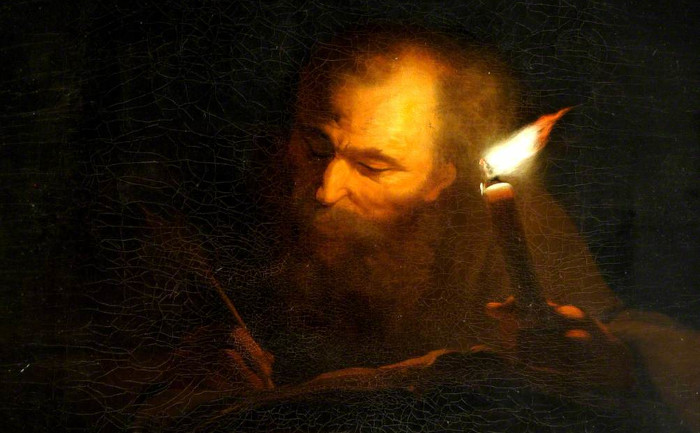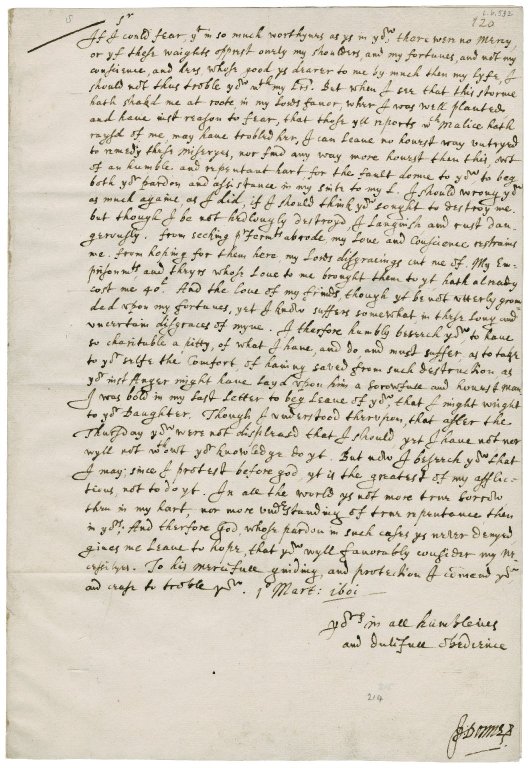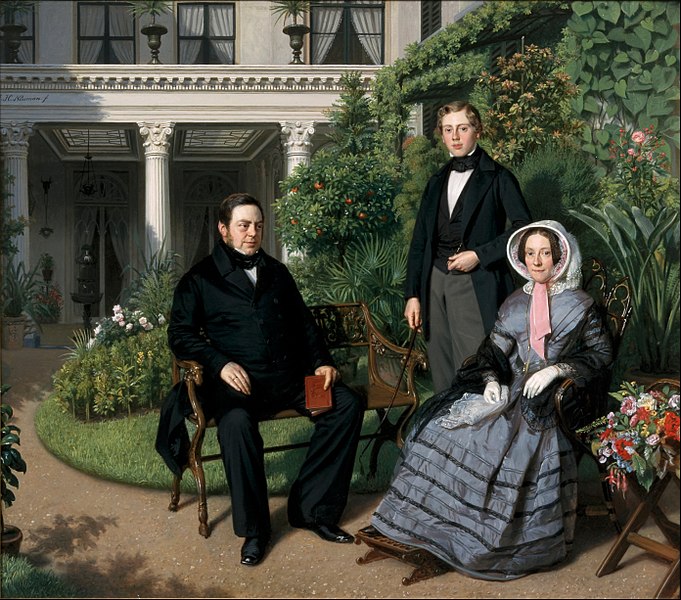In 1998, Tom McBride and Ron Nief of Wisconsin’s Beloit College began compiling lists of what had “always” or “never” been true in the lives of each incoming class of students, to remind faculty to be mindful of the references they made in class.
For example, that first class, born in 1980, had been 11 years old when the Soviet Union broke up and did not remember the Cold War. They had never had a polio shot and never owned a record player. Their popcorn had always been cooked in a microwave, and they’d always had cable television. Here are some details of the worldview of the class of 2022:
- Outer space has never been without human habitation.
- They will never fly TWA, Swissair, or Sabena airlines.
- The Prius has always been on the road in the U.S.
- They never used a spit bowl in a dentist’s office.
- “You’ve got mail” would sound as ancient to them as “number, please” would have sounded to their parents.
- Mass market books have always been available exclusively as Ebooks.
- There have always been more than a billion people in India.
- Films have always been distributed on the Internet.
- The detachable computer mouse is almost extinct.
- The Mir space station has always been at the bottom of the South Pacific.




